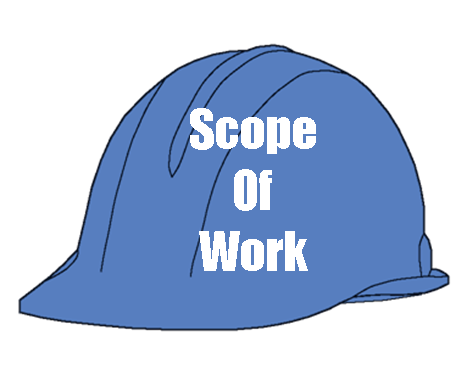The Scope of Work
Use the Scope of Work to control QUALITY on your project
What is a Scope of Work?
"If you want to work on my project, this is how you will build it".
The Scope of Work (SOW) is the second step in the Terms and Conditions -> Scope of Work -> Work Order -> Inspection Report process.  It is the menu for how the work is to be done on your project. Extremely detailed, it reflects how you would do the work so that those performing the technical labor replace you on the project.
It is the menu for how the work is to be done on your project. Extremely detailed, it reflects how you would do the work so that those performing the technical labor replace you on the project.
The SOW is a dynamic document, meaning that it will be adapted as you become aware of new products or techniques. We recommend issuing a new SOW for each project so that the subcontractor always has the latest version in its hands.
It is a notice to the subcontractor that he must meet this level of performance to be paid. The document describes to the subcontractor what you expect to have done, how you expect to have it done, and the consequences if the work is not done correctly. This document should strive to eliminate any confusion about your work requirements.